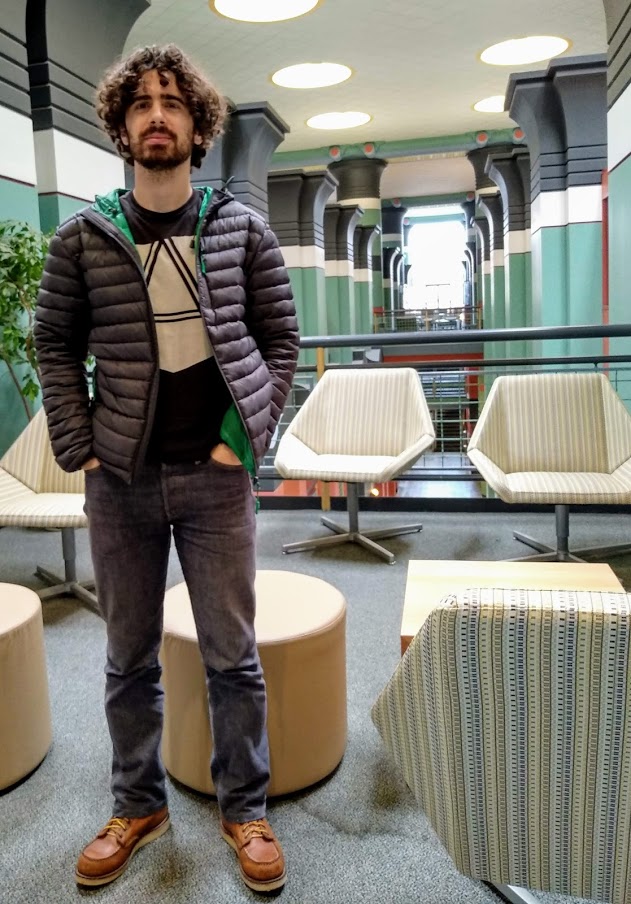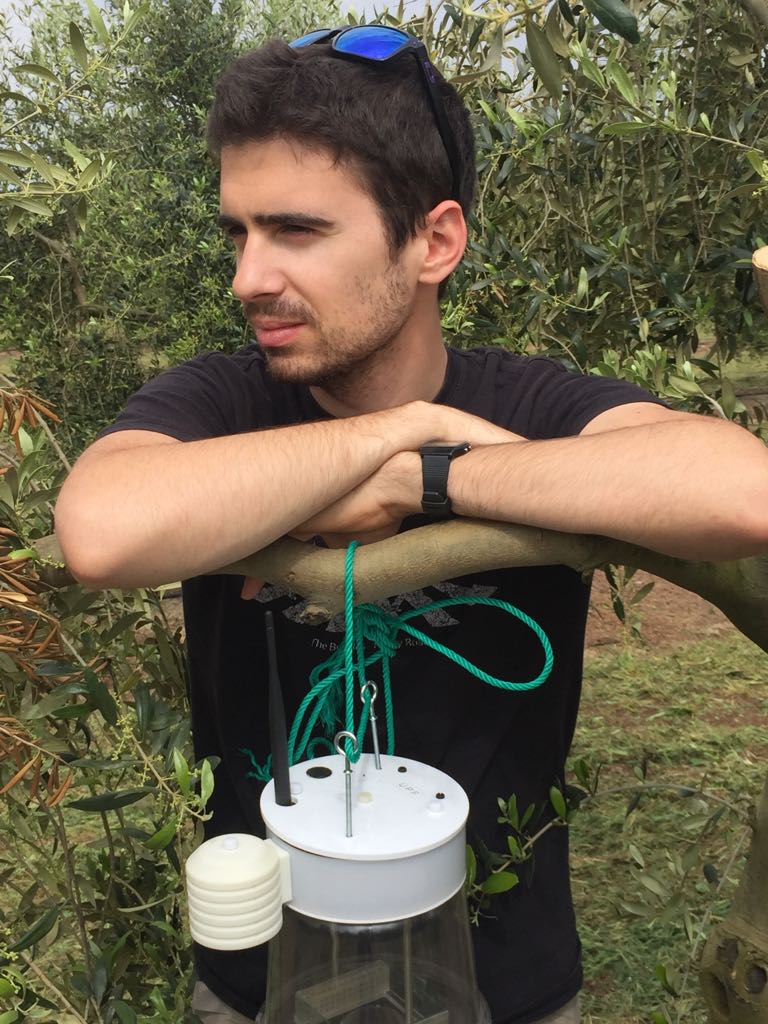Research
During my research stay (from November 2018 to February 2019) at Rice University, I have been working with the Networks research group (RNG), lead by Prof. Edward Knightly. The people on RNG is amazing: really focused on research, with hard-working ethics, honest and so welcoming with visitors.
Apart from the seminars and other intra-group activities (e.g., running experiments with the drones of the ASTRO project), I have also participated in the weekly Wireless Research Department meetings, where interesting edge state-of-the-art topics like THz wireless communication, 5G (and 6G!) novelties, or even beamforming for audio signals were discussed.
As for the main contribution of the stay, I have been working on the design and development of a custom spectrum analyzer built with WARP programmable wireless platforms. The key and novel feature of the system is the ability to sniff the full IEEE 802.11ac/ax 5 GHz band in a real-time manner. Preliminary experiments on the field have been also conducted. The dataset gathered from these experiments is expected to be published as a valuable asset for the research community and, especially, for the advancement of my thesis in the analysis of multi-channel access techniques.

At the beautiful Duncan Hall building in Rice University campus (Houston, Texas - Feb. 2019)
Enhancing Wireless Networks Performance through Learning-based Dynamic Channel Bonding and Dynamic Spectrum Access.
I am also involved in other research projects in the fields of the Internet of Things (IoT), Low Power Wide Area Networks (LPWANs), and WLAN management.

Testing traps (STAs) in an olive tree orchard (Falset, Tarragona - April 2017)
